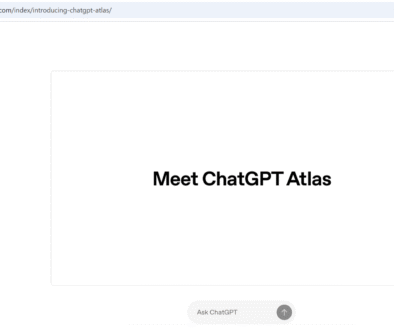Tesla shuts down Dojo
Tesla shuts down Dojo
In August 2025 Tesla quietly disbanded the Dojo team and stopped active development on the Dojo supercomputer project. The move followed a wave of departures from the Dojo group (several former team members reportedly left to found a new startup) and internal shifts in Tesla’s chip strategy. Company leadership has said Tesla will concentrate on other chip lines (referred to internally as AI5/AI6) and will rely more on external partners for some AI infrastructure needs.
Tesla has announced it is shutting down its in-house AI training project, Dojo — a surprising pivot for the company that once billed Dojo as a central piece in training the neural networks behind its Full Self-Driving (FSD) ambitions. Below we explain, in plain language for beginners, what happened, what Dojo was, why it mattered, and what the shutdown could mean for Tesla and the wider self-driving race.
Introduction to Tesla
Tesla, founded by Elon Musk and others, is best known as an Electric Vehicle (EV) maker. Over the past decade it expanded into batteries, solar, robotics, and artificial intelligence — especially software for driver assistance (Autopilot and Full Self-Driving). Tesla often builds hardware and software in-house to tightly control performance and costs.
Project Dojo
Project Dojo was Tesla’s effort to build a custom supercomputer and a custom AI training chip (called the D1) specifically tuned to process massive amounts of video and driving data collected from Tesla vehicles.
Dojo = Tesla’s custom training supercomputer (and custom chips).
The idea: instead of buying general-purpose AI servers, Tesla would design hardware and software that made training its driving neural networks faster, cheaper and more efficient. Dojo was described internally as an elastic, video-first training system that could scale to exascale levels of computing.
What is an AI supercomputer?
Think of an AI supercomputer as a giant, very fast brain-training factory. Rather than training one model on your laptop, companies train huge machine-learning models on thousands of specialized processors at once. These machines take raw data (video, sensor logs, images) and run intensive math to update model parameters until the model can, for example, recognize pedestrians or decide how to steer a car. A supercomputer speeds up this training so researchers can iterate faster and try bigger models. Dojo was Tesla’s attempt to build that brain-training factory tailored for car data.
Why Tesla built Dojo
Tesla collects an enormous amount of real-world driving data from millions of cars. Training FSD systems on that video-heavy data requires vast compute power. By building Dojo, Tesla hoped to:
- Cut costs compared with renting cloud GPUs.
- Optimize performance for video and driving-specific workloads.
- Keep critical IP and tooling in-house for competitive advantage.
Why the shutdown matters
The closure signals a few important shifts:
- Strategic refocus: Tesla appears to be consolidating its chip and AI efforts rather than maintaining multiple in-house architectures.
- Talent and startups: Several Dojo engineers reportedly left to create a new AI/hardware startup, which shows the high demand for experienced AI-hardware talent.
- Industry implications: Tesla relying more on external partners or different internal chip designs could change timelines for FSD and robotaxi ambitions, and could shift where the company invests capital going forward.
Tesla’s public messages indicate the company wants to avoid splitting engineering effort across two very different chip designs and instead focus on the chips it believes will win for its products. Journalistic reporting (Bloomberg, TechCrunch, The Verge and others) suggests the Dojo team was disbanded, some leaders left, and some resources were reallocated — though Tesla still keeps AI development as a top strategic priority.
What this could mean for Tesla’s self-driving plans
In the short term, training pipelines may move onto other hardware stacks (NVIDIA, AMD, Cloud providers, or Tesla’s other internal chips). That could slow or change how quickly new FSD improvements are trained and rolled out, or it could make training more flexible if Tesla uses a mix of internal and external compute. Over the long term, Tesla still aims for robotaxis and advanced autonomy — but the path and timing may shift.
Top FAQs
Is Tesla completely abandoning AI work?
No. Tesla is refocusing its AI efforts. The company says it will concentrate on alternative chip projects (AI5/AI6) and other AI infrastructure, rather than maintaining Dojo in its prior form. Journalists report the Dojo team was disbanded and some members left.
Was Dojo finished or still in development?
Dojo had working hardware and parts were operational, but it remained an ongoing, evolving project intended to scale. The recent shutdown ends the concentrated Dojo effort as it was organized.
Will this delay Tesla’s Full Self-Driving (FSD) rollout?
It could affect timelines, because training infrastructure is crucial for improving FSD models. However, Tesla can and will use other compute options to continue training. The practical impact depends on how quickly Tesla re-routes workloads and whether external partners meet its needs.
Did key people leave Tesla because of Dojo?
Yes — reports say dozens of Dojo engineers and leaders left, with some founding or joining a new startup. This talent shift likely influenced Tesla’s decision to reorganize.
